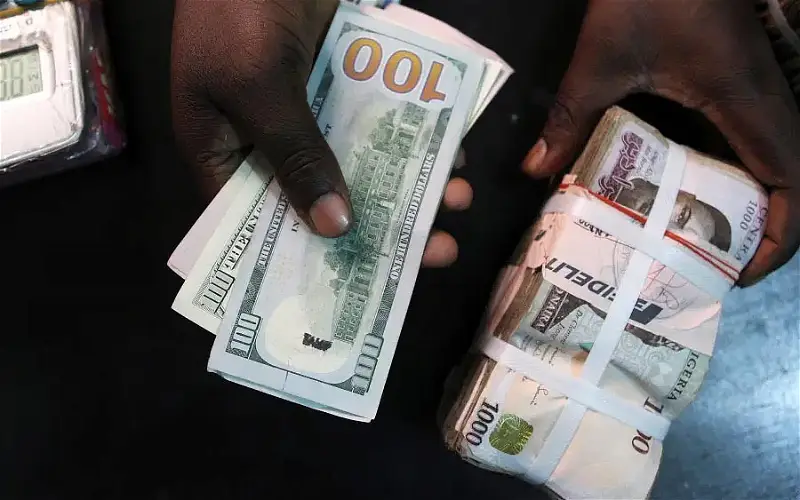The dollar softened on Thursday, stuck near six-week lows after weak U.S. economic data revived fears of slow growth and high inflation, while the euro was steady ahead of an expected interest rate cut from the European Central Bank.
The soft data, which showed U.S. services sector contracted for the first time in nearly a year in May and an easing labour market, led to a rally in Treasuries, with the yield on the U.S. 10-year Treasury note hovering at four-week lows.
The dollar was a tad lower against the yen at 142.80, while the euro stood at $1.1424, not far from the six-week high it touched at the start of the week. Sterling last fetched $1.3557.
Markets have been rattled since U.S. President Donald Trump announced a slate of tariffs on countries around the globe on April 2, only to pause some and declare new ones, leading investors to look for alternatives to U.S. assets.
The dollar weakness has been the story of the year, with foreign exchange strategists surveyed by Reuters expecting further declines on mounting concerns about the U.S. federal deficit and debt.
The dollar index , which measures the U.S. currency against six others, was at 98.749 and has dropped about 9% this year, poised for its weakest yearly performance since 2017.
Investors are now awaiting Friday’s monthly payrolls figures to gauge the state of the labour market after payroll processing firm ADP reported that U.S. private payrolls increased far less than expected in May.
The more comprehensive employment report on Friday is expected to show that non-farm payrolls increased by 130,000 jobs in May after advancing by 177,000 in April, according to a Reuters survey of economists. The unemployment rate is forecast to hold steady at 4.2%.
“May’s payrolls data tomorrow will be important to see if investor concerns are valid or overdone. A soft labour market report is likely to result in outsize falls in the U.S. dollar,” said Mansoor Mohi-uddin, chief economist at Bank of Singapore.
Trump on Wednesday redoubled his calls for Federal Reserve Chair Jerome Powell to lower interest rates after the ADP data was released.
Markets have priced in 56 basis points of rate cuts this year from the Fed, with traders pricing in a 95% chance for easing in September, LSEG data showed.
In other currencies, the Australian dollar was 0.22% higher at $0.6507, while the New Zealand dollar rose 0.24% to $0.60425.
TRADE DEALS
Investors remain worried about U.S. trade negotiations and the lack of progress in hashing out deals ahead of the early July deadline.
Trump called China’s Xi Jinping tough and “extremely hard to make a deal with” on Wednesday, exposing frictions after the White House raised expectations for a long-awaited phone call between the two leaders this week.








